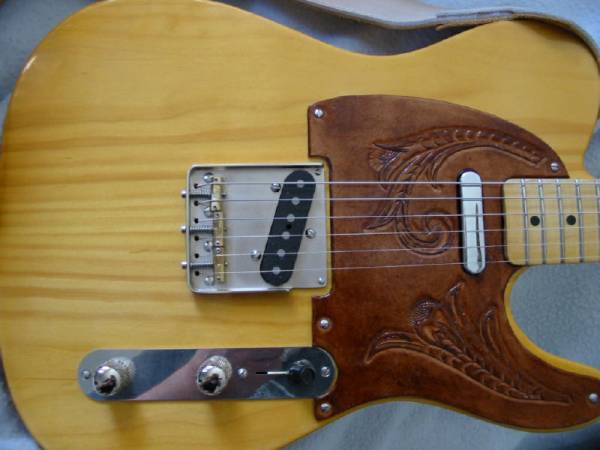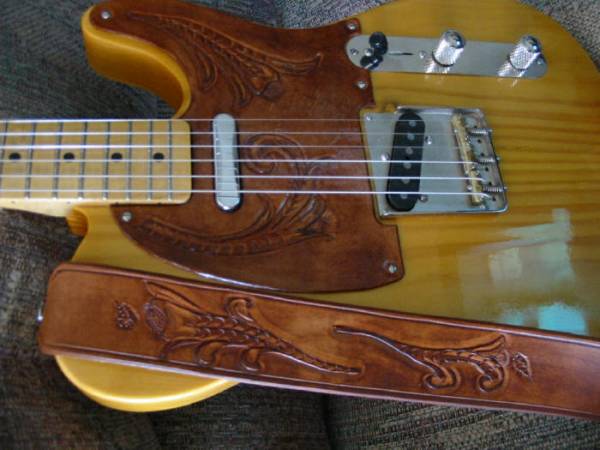MikeB33
Tele-Meister
Hey guys! I'm in the process of gluing up a pine body. (antique heart pine quartersawn) this is my first guitar build so I was hoping to get some advice on finishing it. I want a clear glossy nitro finish. So give me start to finish and dumb it down please haha
Mike
Mike


